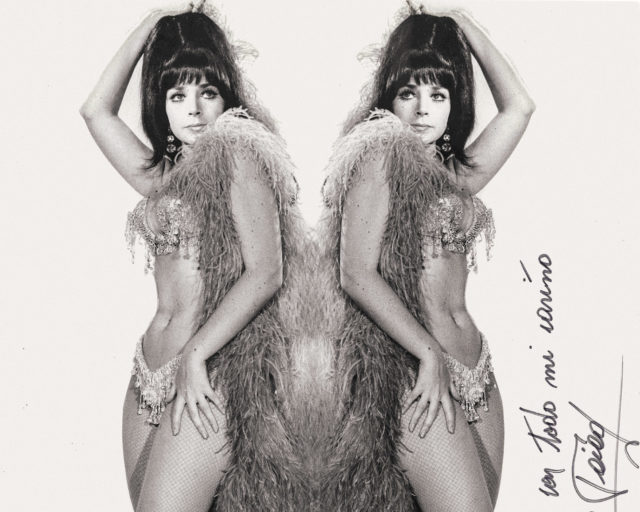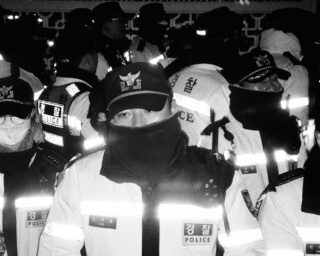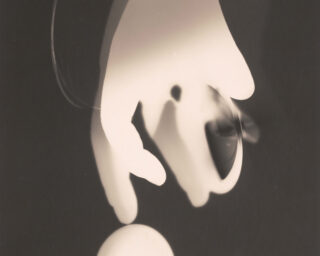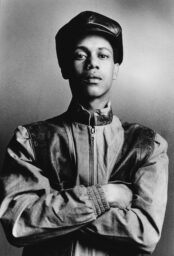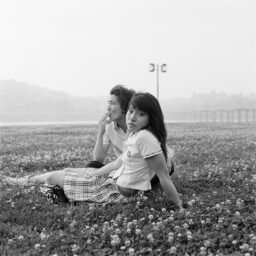Peter Hujar's Italian Reverie
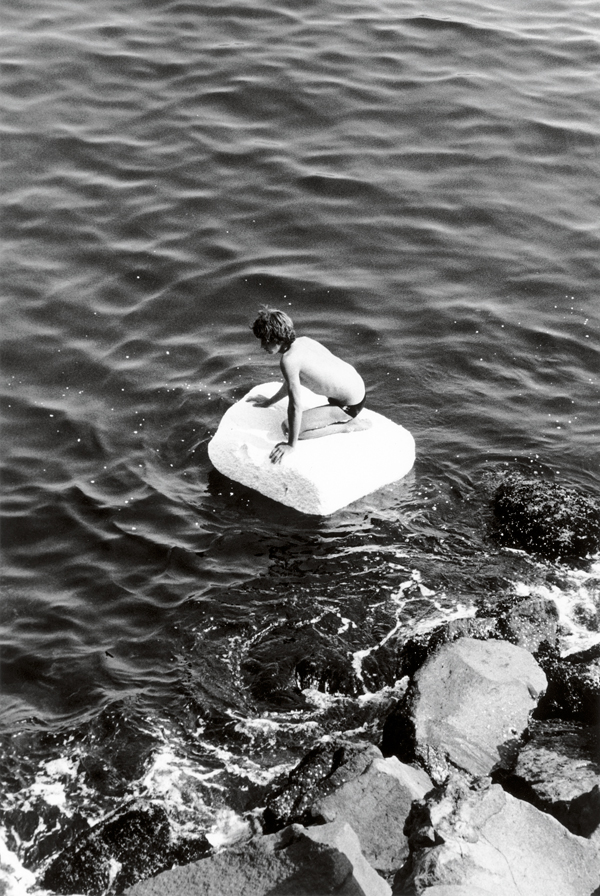
Peter Hujar, Boy on Raft, 1978
© The Peter Hujar Archive, LLC, and courtesy Pace/MacGill Gallery, New York, and Fraenkel Gallery, San Francisco
In the early 1970s, in New York, Peter Hujar shuttered the commercial studio on Madison Square he’d been operating for a few years, moved into the East Village loft he would call home for the rest of his life, and turned his back on the hustle of fashion photography. Hujar’s enduring status as an underground art star is owed to what he called his “personal work,” which consumed him from then until his death in 1987—in particular, portraits of the famous and infamous among his generation of artists based downtown (which, by some counts, was the last).
But to associate Hujar only with portraits is to miss out on an oeuvre of great depth and variety. Rather than being a portraitist who did other work besides, he was a well-rounded artist for whom portraiture provided a moral anchor: it was his model for art making as the fixing and framing of a moment of intense identification with a subject. Empathy was Hujar’s emotive signature, whether he was shooting a drag performer under studio lights, the dappled surface of the Hudson River, or a cube of compacted scrap metal.
Hujar photographed this teenager on a chunk of Styrofoam in an Italian coastal town in the summer of 1978. A look at the contact sheet (one of over fifty-seven hundred of Hujar’s at the Morgan Library & Museum) reveals that artist and subject occupied separate spaces: Hujar was on the promenade, watching locals roughhouse on the rocky shore below. The boy—who appears in just one frame, marked with a red dot—is exposed to the elements, but to the camera he gives only a deeply shaded profile. Anonymity makes him readable as a focus of either desire or projection: self-portrait as a youth on a precarious raft.
Hujar was forty-three that summer, with one book to his name (the largely overlooked Portraits in Life and Death from 1976), and he was intensely aware that the slow maturation of his art had left him behind the curve of such nakedly ambitious peers as Robert Mapplethorpe. But here, under the warm natural light of a place where no one knew him, he was at his freest and at his fullest strength, and the world of beauty was his oyster.
Joel Smith is contributor to Peter Hujar: Speed of Life, published by Aperture in 2017.
Peter Hujar: Speed of Life is on view at the Morgan Library & Museum, New York, through May 20, 2018.











